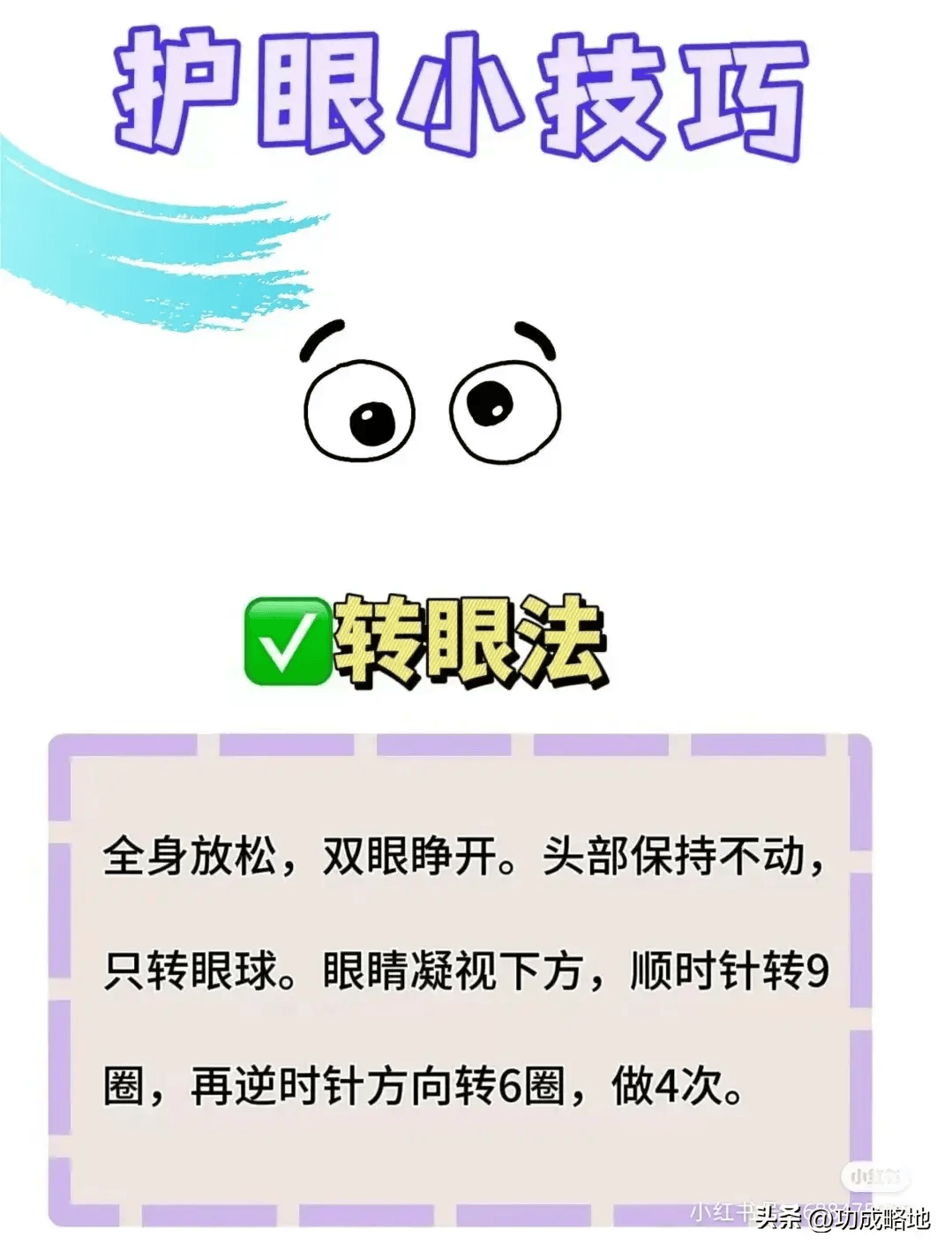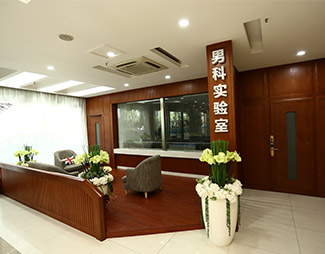
Myopia, or nearsightedness, can be managed and in some cases improved with the following methods:
1. Corrective Lenses: Eyeglasses or contact lenses can correct vision by compensating for the eye's inability to focus light properly.
2. Refractive Surgery: Procedures such as LASIK or PRK can permanently alter the shape of the cornea to improve vision. These surgeries are typically considered for adults with stable prescriptions.
3. Orthokeratology: This non-surgical method involves wearing rigid gas-permeable contact lenses overnight to temporarily reshape the cornea, providing clear vision during the day without the need for glasses or contacts.
4. Lifestyle Adjustments: Reducing screen time, maintaining good posture while reading or working, and ensuring adequate lighting can help manage myopia and potentially slow its progression, especially in children.
5. Multifocal Contact Lenses or Glasses: For children, multifocal lenses have been shown to slow the progression of myopia.
6. Vision Therapy: In some cases, vision therapy exercises may be recommended to strengthen the eye muscles and improve focus.
It's important to consult an eye care professional for a comprehensive eye exam and to determine the most appropriate treatment option based on the individual's age, prescription, and lifestyle needs. While some methods can improve vision and slow the progression of myopia, there is currently no guaranteed way to fully restore normal vision in all cases of myopia.









